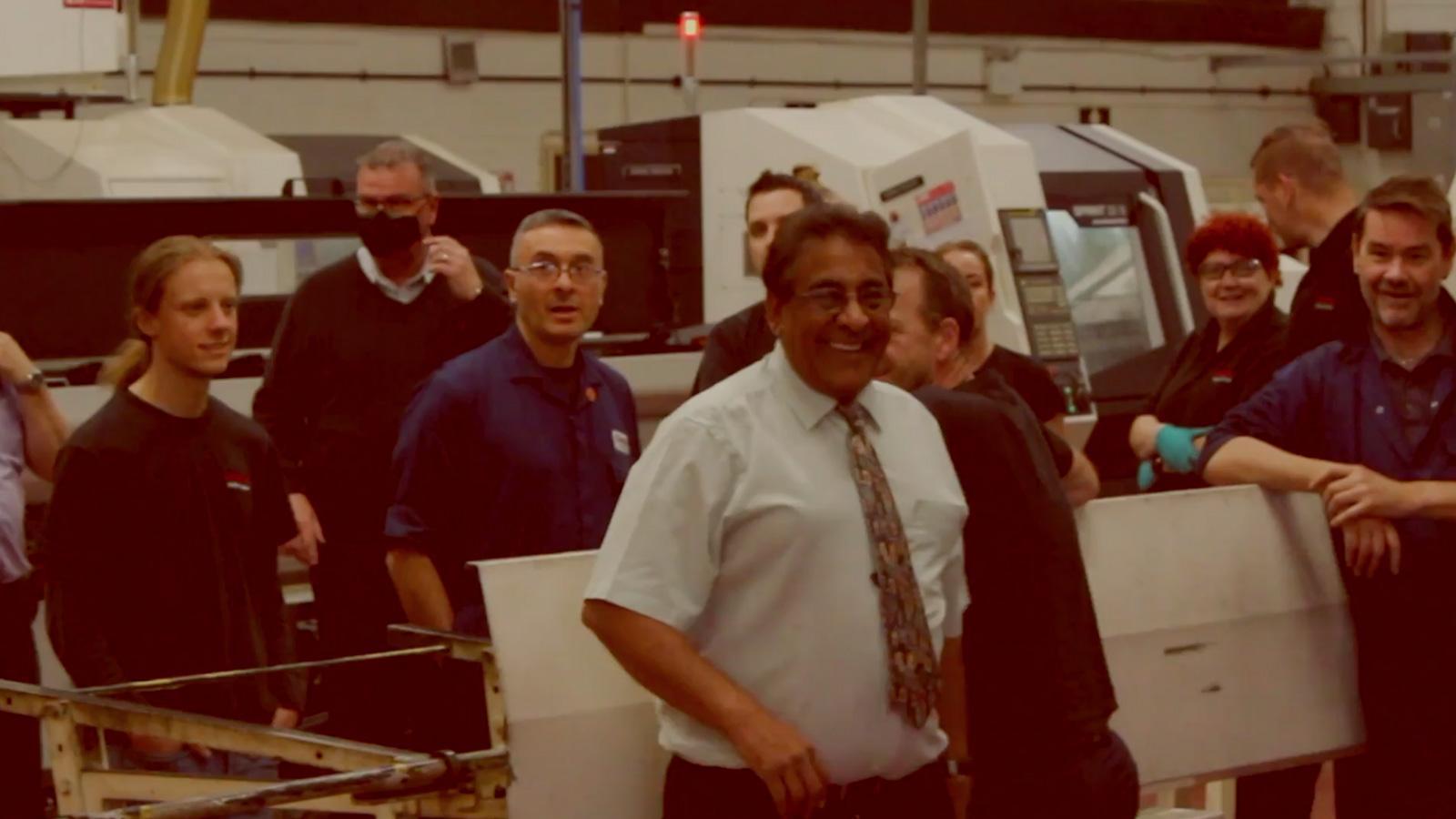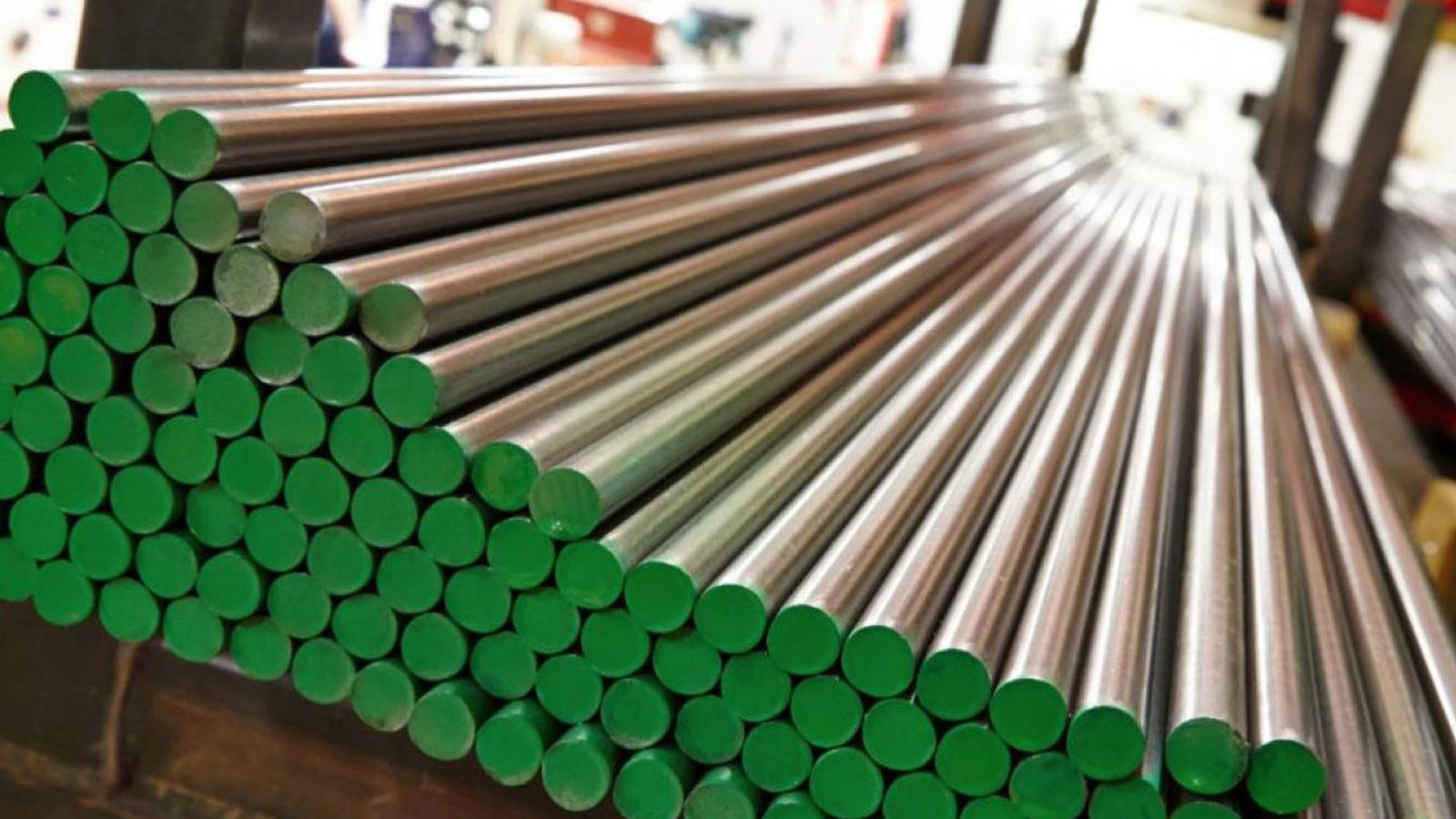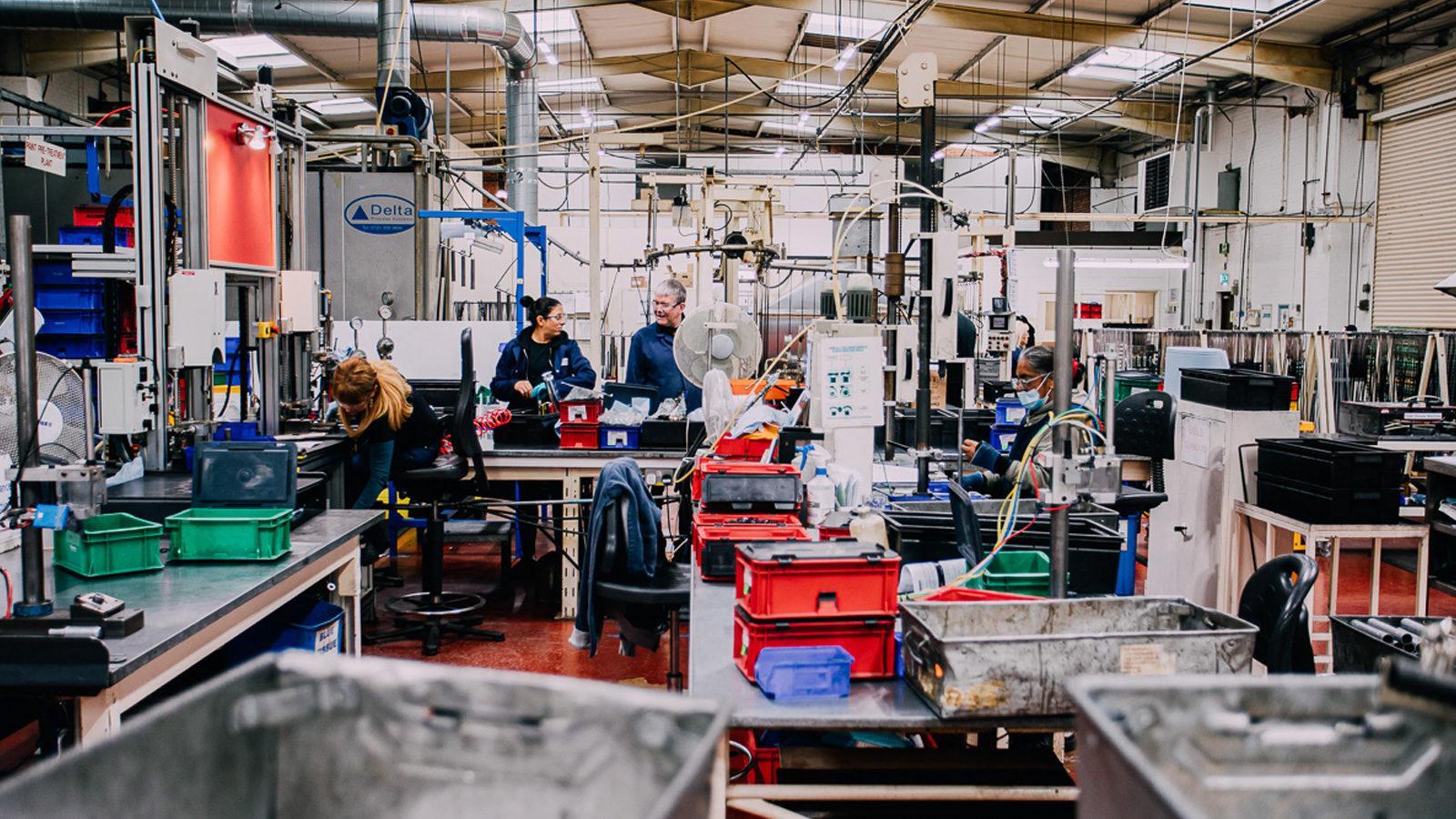
High-Quality Content Written for the Discerning Design Engineer
Understanding the importance of answering commonly asked industry questions regarding gas springs and dampers, we have teamed up with numerous publications across engineering and manufacturing to provide high-quality content to the discerning design engineer.

This continuing our mission to be more than just a manufacturer of gas springs and dampers.
Often finding the same questions regarding gas springs, dampers and motion control solutions being asked, we have teamed up with leading publications to put our content answering these questions in front of design engineers world-wide.
To begin with, we have compiled four whitepapers. The first of these whitepapers has been written as a guide to understanding the basics of gas spring application; providing the reader a basic understanding of the workings and terminology used when specifying gas springs and dampers. This whitepaper also describes the differences orientation and damping expected dependent on the mounting position chosen.
The following three whitepapers have been written by engineers, for engineers. These technical whitepapers include a two-part technical overview, discussing ‘forces’, ‘effect of rod diameter’, ‘effect of rod insertion’ and ‘effects and limits of temperature on gas springs’ – with the second of the technical overviews covering ‘damping’, ‘metering and extension speeds’, ‘friction and P1 – P4 charts’, ‘force and force ratios’ and ‘oil levels’.
Following on from our technical overview guides, Technical Director Matt Warne has provided an in-depth technical whitepaper on gas spring mounting. This whitepaper covers a wide variety of areas including ‘handling forces’, ‘mounting positions and gas spring sizing’, ‘mounting orientations’, ‘mounting – crossover, self-rise and self-close’, ‘mounting – practical application’ and ‘mounting – dampers’.
If you would like to offer any feedback on our content or have any questions you feel need answering around gas spring, dampers and motion control, please email [email protected]. Any feedback or content ideas are greatly appreciated.
More Blogs
Gas Struts Unleashed: Our Top 10 Gas Strut PDF Downloads
At Camloc, we offer you bespoke and made-to-measure gas struts, but we also aim to provide you with all the information you might need when considering using a gas strut in your application. We have a wide range of gas struts and additional products that we are confident will meet your needs, and to help you with the design process, we have created a range of downloadable PDFs to inform your choice. So, what is a gas strut and how can it help my application?
Our team are with you every step of the way – let’s introduce you to some of them now
At Camloc, we prioritise delivering not only top-tier gas struts but also exceptional customer service. We go out of our way to provide each customer with personalised attention and the assurance of receiving the best possible product.
At Camloc, we customise your gas struts and dampers to your unique requirements
When it comes to gas struts and dampers, one size does not fit all. The importance of finding the perfect solution for your specific needs cannot be overstated. That's why we offer a wide range of customisation options, allowing you to tailor your gas struts and dampers to your unique requirements.



